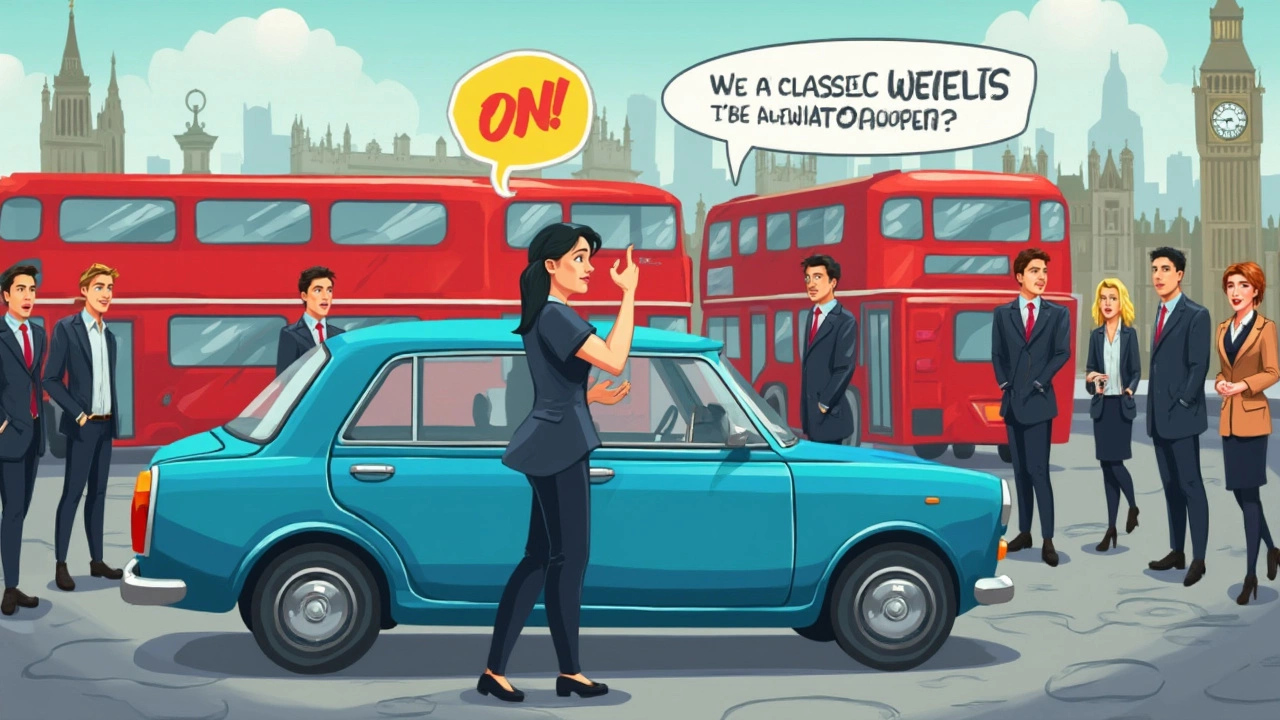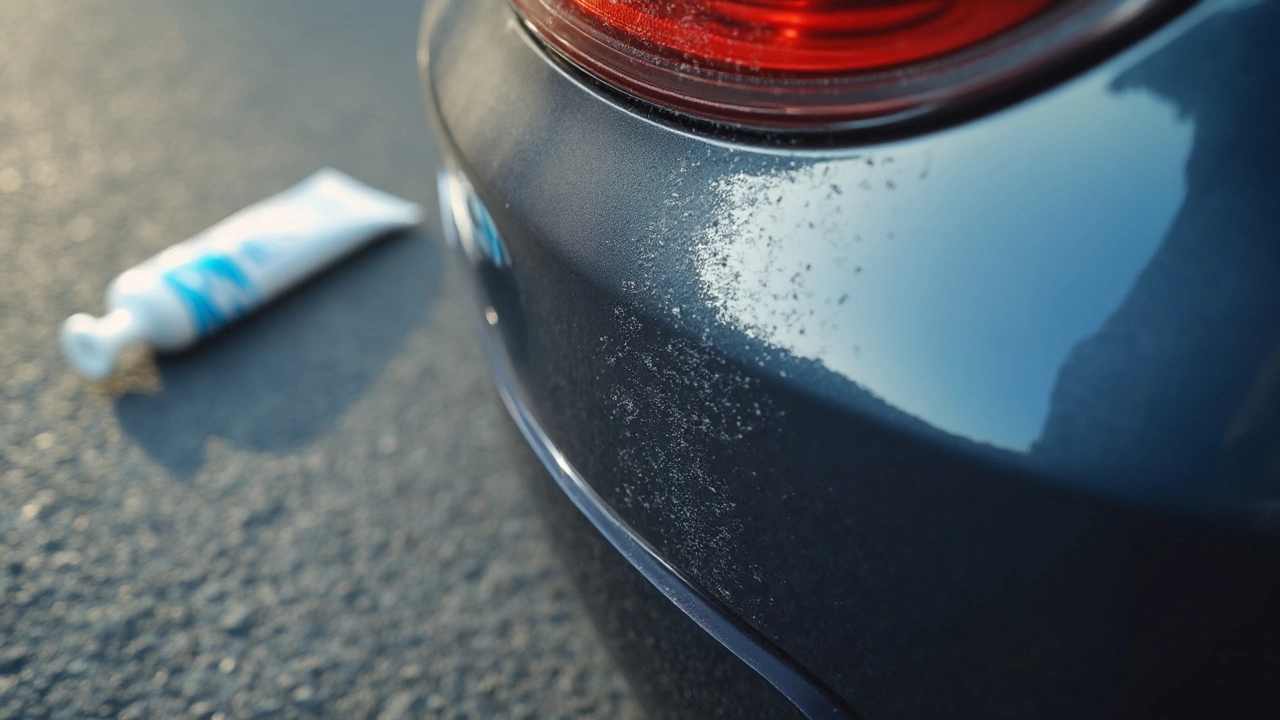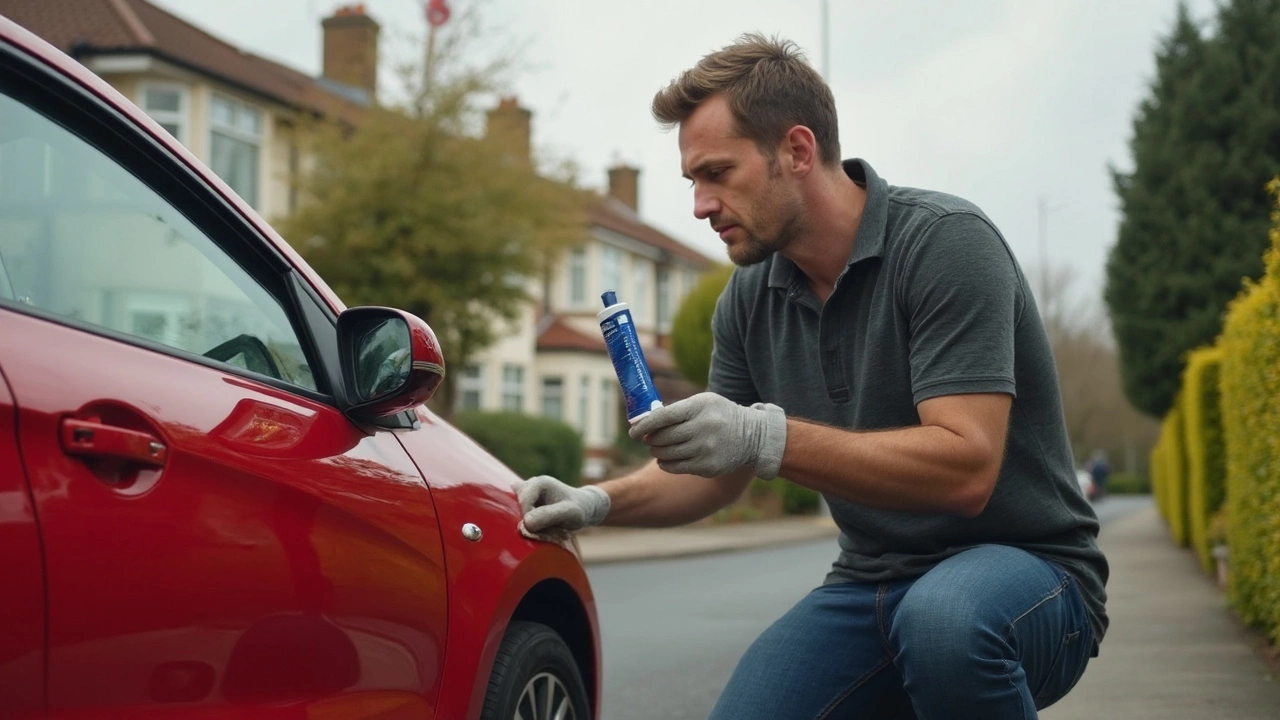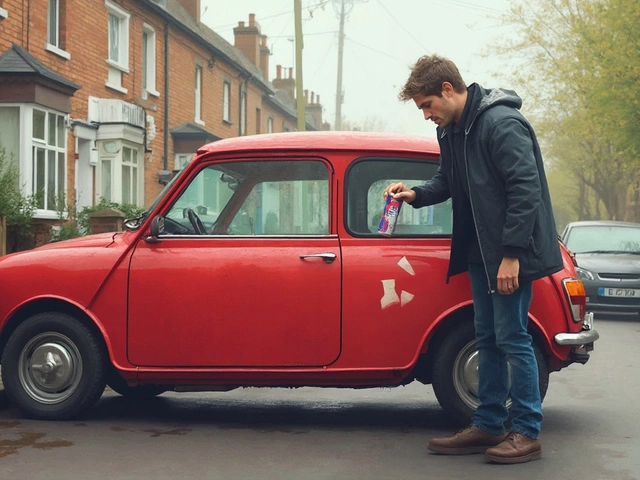Sounds wild, right? Toothpaste on the car. But if you’re staring at an annoying scratch and thinking, “Maybe, just maybe, this could work,” you’re not alone. People try toothpaste because it’s already sitting in the bathroom, and they’ve seen it buff out foggy headlights or scuffed phone screens. It’s cheap, it’s handy, and there’s no intimidating gear involved.
Here’s the deal: toothpaste does have tiny abrasive particles. That’s what scrubs plaque off your teeth, and those same little bits can gently sand down the edges of a scratch on your car. The idea is simple—smooth out the area so the scratch stands out less, maybe even disappears if it’s not too deep. On light scratches or scuffs, it sometimes works just enough to make you feel like a genius.
But before you start squeezing a tube all over your ride, it’s worth knowing when toothpaste is a legit fix and when it’s just wishful thinking. Car paint is complicated—layers of clear coat, paint, and primer. Toothpaste can only do so much, and it’s definitely not magic in a tube.
- Why Toothpaste Is Used on Car Scratches
- How Toothpaste Actually Works on Paint
- Limitations and Risks You Need to Know
- DIY Toothpaste Scratch Removal: Step-by-Step
- When to Drop the Toothpaste and Go Pro
Why Toothpaste Is Used on Car Scratches
The idea of using toothpaste on car scratches comes down to one main fact: most regular, white toothpastes contain mild abrasives. That’s the gritty stuff you feel when you brush your teeth. Those same particles can help smooth out small spots and blends on your car’s paint. It acts almost like a light sandpaper or a finishing polish in a pinch.
Folks try toothpaste on scratches because it’s affordable, already at home, and surprisingly gentle compared to heavy-duty scratch removers. It works like an entry-level polish, meaning it can gently buff away tiny surface marks without grinding down into the paint. This makes it a favorite quick fix for folks who don’t want to risk using the wrong chemical or tool from a car detailing kit.
Here’s the thing: most toothpaste also contains detergents and water, which help carry away loosened debris as you rub. The moisture and mild cleaning power can sometimes brighten up a rough patch just enough to hide those light car scratches that haven’t made it past the clear coat. That means if you rub toothpaste on a scuff or a surface-level mark, the abrasive can knock down those jagged edges, making the scratch reflect less light and look less obvious.
- It’s cheap and easy. No special trip to the auto parts store needed.
- It’s hard to mess up if you stick to plain, non-gel paste.
- It can sometimes save you money or time compared to trying out various detailing kits.
If you’re still not sure what toothpaste is actually doing, think about it like this: it’s a low-stakes, DIY way to fix a problem that’s mostly cosmetic. No need to be an expert or buy expensive stuff—just a bit of elbow grease and hope. But as you’ll see, it’s not a one-size-fits-all solution.
How Toothpaste Actually Works on Paint
So, what’s actually happening when you rub toothpaste onto that scratch? The trick is in the grit. Most toothpastes (especially the standard white kind, not the fancy gel ones) have mild abrasives—think tiny, almost invisible grains. Car scratch removers use similar stuff, just designed for auto paint instead of teeth.
Your car’s paint job isn’t just paint. It’s layers—a clear coat on top, the actual color underneath, then the primer. Most car scratches that toothpaste helps with usually only mess up the clear coat. Toothpaste’s tiny abrasives gently sand down the rough edges of a shallow scratch, blending it in with the smooth shine around it. When you wipe it off, light stops catching as harshly on the cut, so it looks less obvious. That’s about it. If your scratch is deep enough to catch a fingernail, or you see metal or primer, toothpaste is probably not going to cut it.
Here’s a simple breakdown:
- Toothpaste mainly works on light surface scratches and scuffs.
- It acts much like a really mild sandpaper, softening harsh lines and edges in the clear coat.
- Usually, it takes a couple of rounds of rubbing and buffing to see the effect, and you want to use a soft microfiber cloth (cheap towels can make things worse).
- Don’t use gel toothpaste or anything with added coloring, whitening crystals, or funky blue stripes. Plain white toothpaste is safest.
Most off-the-shelf car detailing kits have specific scratch-removing compounds that are just stronger and more consistent than toothpaste. For a one-off, quick try though, toothpaste is about as accessible as it gets. Just keep your expectations in check—there’s a reason pros use different stuff.

Limitations and Risks You Need to Know
Alright, before grabbing your tube of toothpaste, you need to know the limits. Toothpaste is only good for light surface marks—think scuffs or super-shallow scratches that don’t catch your fingernail. If you’ve got a scratch deep enough to reveal primer or bare metal, toothpaste isn’t just going to let you down—it could even make things worse by spreading the damage or making the area look patchy.
The abrasives in toothpaste are mild compared to real car scratch removal products, so while you might see a little improvement, don’t expect miracles on heavy-duty marks. Most “whitening” toothpastes work better because they’re slightly grittier, but even those can only polish the very top layer of your car’s clear coat. Go too hard, and you might actually wear away the finish, making the spot look dull or cloudy.
Another issue—your car’s paint is made up of several layers, and toothpaste can’t rebuild missing paint or fill gaps. Once you eat through the clear coat, you’re exposing your car to moisture, which can lead to rust or peeling in the long run. Trying to fix a large area with toothpaste is a waste of time, and you risk ending up with what looks like a chalky patch.
- If you use toothpaste with dyes or strong flavors (like blue gel or cinnamon), it can actually stain lighter paint or leave weird color marks.
- Rubbing too hard can create swirl marks or scratch up the surrounding paint, especially if you use a rough cloth.
- Leftover toothpaste residue can dry white and stick in cracks, making the scratch even more obvious.
Fun fact: According to a survey by a detailing shop in Dallas, almost one in four people tried a DIY method like toothpaste before getting professional help—with most saying it made little to no difference except on small scuffs.
DIY Toothpaste Scratch Removal: Step-by-Step
So, you want to try using toothpaste on that scratch? Here’s what actually works. This method is best for light marks—think scuffs or shallow scratches that haven’t gone all the way through the paint. If you can catch the scratch with your fingernail, you’re still in the game, but really deep gouges should head to a pro.
- Wash and dry the area. Don’t skip this part. Any dirt or grit can make scratches worse. Use a normal car wash soap. Dry it off completely with a soft towel.
- Pick a regular white toothpaste. Don’t use gel kinds or ones with weird color stripes. The plain, mildly abrasive stuff works best for these small jobs.
- Apply toothpaste on a soft microfiber cloth. Dab a small amount—about the size of a pea. No reason to glob it on.
- Rub it in gently. Make small circles over the scratch using light to moderate pressure. Too much rubbing is not better; you just want those tiny abrasives in the toothpaste to lightly work the edges of the scratch. Go for 30 seconds to a minute.
- Wipe it off with a clean, damp cloth. Use a different part of your microfiber or a new cloth entirely.
- Check the scratch. If it’s still there, you can repeat the process once or twice, but stop if you see any change in the paint’s shine or the scratch gets worse.
- Finish with a wax or sealant. Toothpaste can take away the shine, so throw on a quick detailer or wax to seal things up and keep it looking good.
Remember, this is just a quick fix for light issues. Toothpaste won’t magically erase major paint damage. Some drivers say this trick works on about 50% of small bumper scuffs or shallow door scratches. It’s a handy move when you’re in a pinch, but always keep your expectations in check. If you want to add car detailing kits to your routine, look for kits with actual scratch removers for better results.

When to Drop the Toothpaste and Go Pro
Trying out toothpaste for your car’s scratches makes sense if you’re working with surface-level scuffs or light marks in the clear coat. The thing is, once you’re staring at a scratch that’s deep enough to catch your fingernail, it’s time to step away from the bathroom cabinet. Toothpaste won’t fix anything that’s gone past the clear coat and into the colored layer or all the way to the primer. In fact, keep rubbing and you might just make things worse by dulling the paint or spreading the damage.
Some signals that you should call in the pros or grab real car detailing kits instead of more toothpaste:
- The scratch is deep enough to feel with your fingernail.
- You can see a different color under the scratch (like white or gray primer).
- The scratched spot is long (over a few inches) or in a highly visible area.
- Your first, gentle try with toothpaste made the area look cloudy or worse.
Professional fixers and real scratch removal products have the right mix of abrasives and compounds suited for car paint. Plus, they know how much pressure to use and what tools get the best result. It’s also safer if your car is newer or has a fancy paint job—accidents with home fixes can lead to pricier repairs.
Get this—according to insurance studies, botched DIY scratch fixes are one of the top reasons people end up paying even more at body shops. These shops see cars come in all the time with smeared toothpaste marks, hazy spots, or amateur mistakes. That’s not where you want to end up, just because you wanted to dodge a bill.
Here’s a quick check on what works and what calls for help:
| Scratch Type | Toothpaste? | Pro Needed? |
|---|---|---|
| Surface scuff (not felt by nail) | Yes | No |
| Light scratch (lightly felt by nail) | Maybe | Only if no results |
| Deep scratch (catches nail/exposed primer) | No | Yes |
Bottom line: Toothpaste can do a little, but when the scratch is deep or looks bad, reach for a proper detailing kit or call a pro. You’ll save your car—and probably your wallet—in the long run.




